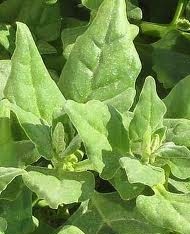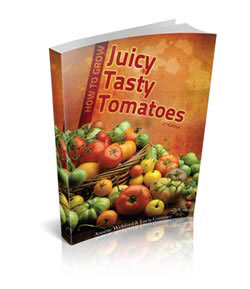Understanding Silver Beet, Swiss Chard and Spinach
While many people identify Swiss chard as a kind of spinach, it is in fact known and officially catalogued as spinach beet and silver beet, and is not the same family as spinach at all. Silver beet (or chard) is related to the beetroot family. To confuse the picture further, New Zealand spinach is not true spinach either.
What is spinach?
True spinach, Spinacia oleracea, probably originated in Persia, and it grows best in the cool winter months. It is quite a short-growing plant that has thin stems and clear green leaves. It has a delicate taste and may be eaten raw or blanched, either in salad or as a vegetable.
Unlike Swiss chard, true spinach has a relatively short picking season, and is therefore less productive. But it is just as easy to grow in the right conditions.
There are two types of spinach that are both traditionally of European origin. One is winter spinach, which has a prickly seed, and the other, which has a smooth seed, is classified as “summer” spinach. A reasonably recently bred warm-season variety (Summer Supreme) of true spinach is also gaining popularity in southern Australia and in New Zealand.
Then, of course, there is New Zealand spinach, Tetragonia expansa. This grows wild along the coasts of both Australia and New Zealand and is considered to be an ideal substitute for true spinach. Seed is available, and the great part is that it grows happily during the warm months when true spinach doesn’t thrive.
New Zealand spinach grows on rather lanky stems and its leaves are quite small and fleshy. All you need are a half dozen or so plants for a steady supply of greens over several months.
In many parts Swiss chard is sold as “spinach”, even though it is a totally different plant, Beta vulgaris, variety cicla. It is a great vegetable for cooking, but generally a little tough for salad. Sliced or chopped up, it is perfect for stir fries.
The most common type of Swiss chard or silver beet has a thick white stem, while the leaves are large, crinkly and dark green in colour. However there are also cultivars that have brilliant ruby-red stems and veins, and those with golden stems and veins. The different cultivars “cross” very easily, so if you plant a variety of types you might end up with red tinged plants with white or golden stems. Some people prepare the stems and leaves separately.
Sometimes silver beet is called “perpetual spinach”, which is rather odd since its growing season seldom extends beyond six months at most.
Generally all types of “spinach” may be used interchangeably if a recipe calls for spinach.
Tags: New Zealand spinach, silver beet, spinach, summer spinach, Swiss chard, winter spinach















